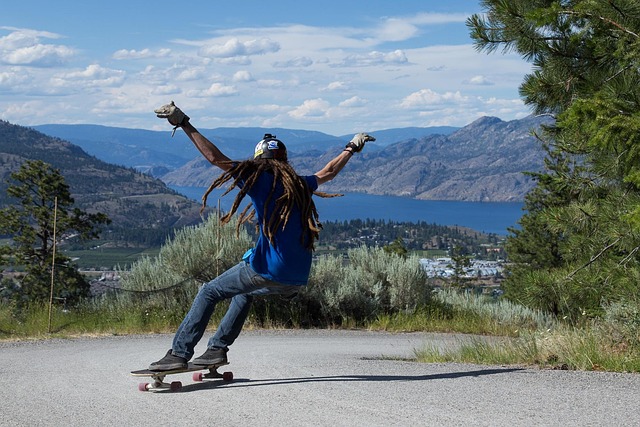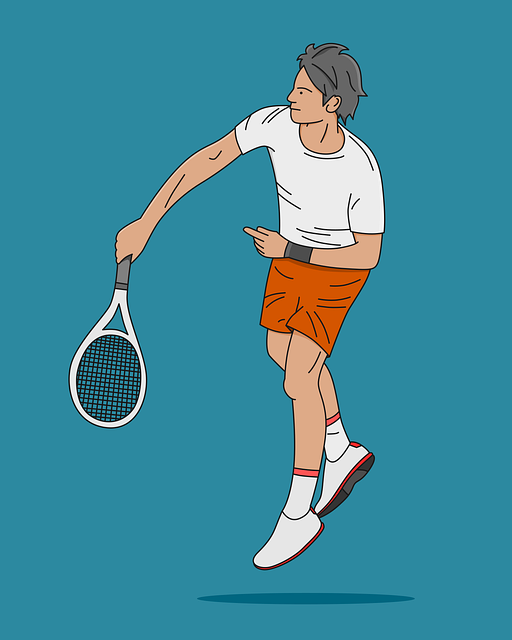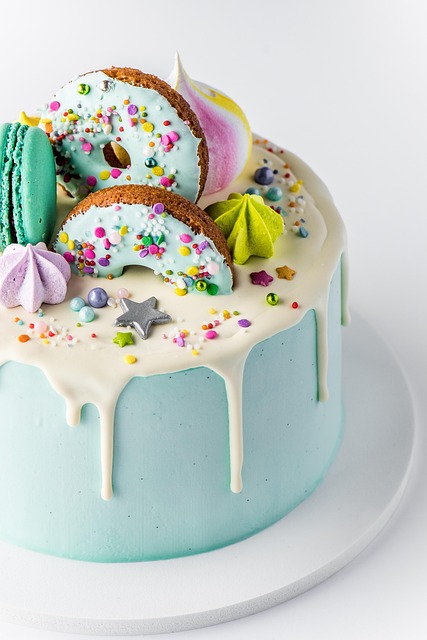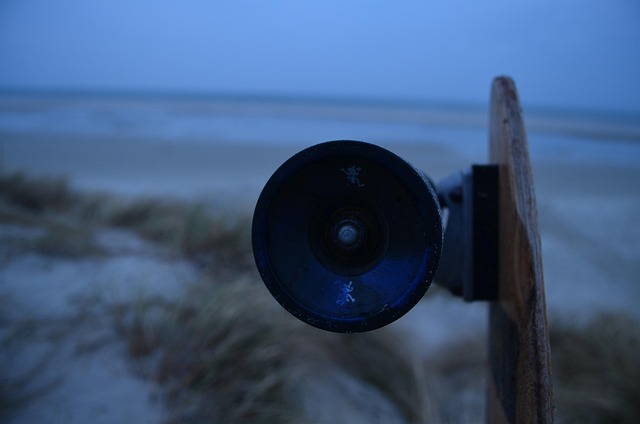When choosing a longboard for beginners, consider skill level and intended use. Opt for 9-10 inch wide, 20-30mm drop boards with sturdy materials for stability. Learn basic riding stances, push and glide techniques, turning methods, braking techniques, and navigate diverse terrains gradually. Wear safety gear: helmet, fingerless gloves, knee/ankle pads. Regularly clean and maintain your board. Practice foundational tricks to build confidence and improve skills.
“New to the world of longboarding? This comprehensive guide is your ultimate starting point. We break down everything from selecting the perfect longboard for your style and skill level, to mastering essential riding techniques like pushing, gliding, turning, and braking.
Learn tips for navigating urban terrain, ensuring safety with essential gear, and maintaining your board. By the end, you’ll be ready to tackle curves, stairs, and beyond with confidence.”
Choosing the Right Longboard for Your Needs

When getting your first longboard, one of the most important factors to consider is your specific needs and skill level. Longboards come in various shapes, sizes, and flex patterns, each designed for different purposes. For beginners, a board that’s between 9 to 10 inches wide and made from durable materials like maple or bamboo offers a good balance between stability and maneuverability. Look for a drop (the distance from the nose to the tail) around 20-30mm, which provides stability while still allowing for easy turning.
Additionally, consider your riding style. If you plan on cruising around town or just enjoying leisurely rides, a board with a softer flex will provide a smoother ride and make it easier to maintain speed. On the other hand, stiffer boards are better suited for tricks and downhill riding as they offer better pop and control. Remember to also factor in your height and weight; a general rule is that the board should allow you to stand comfortably with both feet, ensuring stability and ease of control at all times.
Understanding Basic Riding Stances and Balance

For longboard beginners, grasping the fundamentals of riding stances and balance is key to a smooth and enjoyable experience. The two primary positions are the stand and crouch. In the stand position, keep your feet flat on the board, knees slightly bent, and arms out for stability. This stance is best for cruising and maintaining speed.
In contrast, the crouch involves bending your knees more deeply to lower your center of gravity, enhancing control and agility. It’s ideal for making tighter turns or navigating curbs. Mastering these basic riding positions will help you feel more connected to your longboard and confident as you build speed and explore different maneuvers.
Mastering the Art of Push and Glide

For longboard beginners, mastering the art of push and glide is a fundamental step in building confidence and skill. Push and glide refers to the technique of propelling yourself forward using a combination of pushing with your feet and gliding on the board’s momentum. This method allows for smooth, controlled movement, which is essential for navigating curves and maintaining stability.
When learning push and glide, it’s crucial to start on a flat surface and focus on finding the right balance. Place your front foot slightly ahead of your back foot, bend your knees slightly, and push off with your front foot while allowing the board to glide smoothly behind you. With practice, you’ll develop a feel for the timing and rhythm required to execute this maneuver seamlessly. A longboard for beginners designed with flexibility and stability will make this learning process more enjoyable and less daunting.
Turning Techniques for Smooth Maneuvers

When learning to ride a longboard, mastering turning techniques is key to achieving smooth maneuvers and gaining confidence. Beginners should start with basic turns, focusing on maintaining balance and controlling speed. One effective method is the ‘T-Technique’, where you tilt the board at an angle, similar to carving on skis, to initiate a turn. This simple approach allows for gradual learning and helps build a solid foundation for more advanced tricks later on.
For smoother transitions, practice ‘top-to-bottom’ turns, ensuring your body weight shifts accordingly as you change direction. Remember, the longboard’s shape and flex play a role in its responsiveness during turns, so understanding these dynamics will enhance your overall riding experience. As you gain proficiency, explore different turning styles to navigate various terrains with ease on your longboard for beginners.
Braking Methods to Control Your Speed

When learning how to longboard, mastering braking techniques is essential for controlling your speed and stopping safely. There are several methods beginners can employ to become proficient at slowing down while riding their longboards. One popular and effective approach is the ‘pumping’ technique, where riders use a rhythmic up-and-down motion of their bodies to slow down or even come to a complete stop without relying heavily on brakes. This method not only helps in reducing speed but also improves control and stability.
For those looking for more precision, using both hands on the truck (or ‘bars’) to apply pressure in opposite directions is a reliable braking technique. By pressing one bar forward while pushing the other backward, riders can effectively slow down or stop quickly. It’s crucial to practice this method gradually, ensuring you maintain balance and control as you become more comfortable with braking your longboard for beginners.
Navigating Curbs, Stairs, and Different Terain

Starting with a longboard for beginners often means navigating unfamiliar terrains like curbs, stairs, and varying surfaces. This is an exciting part of the learning process! Practice approaching curbs at a gradual angle, using your body weight to balance as you roll over them. Stairs can be tackled by starting slow, lifting your front truck slightly to avoid slipping, and maintaining control as you descend. Different terrains require slight adjustments in technique—damp surfaces may call for more care, while smooth concrete allows for faster cruising.
The key is to take it at your own pace, focusing on stability and control. As a beginner, it’s best to stick to smoother paths initially, avoiding rough or uneven areas until you build confidence. Regular practice will help you master these challenges, making your longboarding experience enjoyable from the start.
Safety Gear Essentials for Longboarders

When starting out on a longboard, safety should be your top priority. Investing in essential safety gear is crucial for any beginner longboarder, as it provides protection and peace of mind while riding. For starters, a well-fitting helmet is non-negotiable. Choose one designed specifically for skateboarding or longboarding to ensure optimal coverage and ventilation. Protecting your wrists and elbows is another vital step; consider fingerless gloves with built-in padding for enhanced dexterity and impact absorbency. Lastly, knee and ankle pads offer crucial support during falls, so choose comfortable options that fit well without hindering your movement.
For a beginner longboarder, focusing on proper technique and balance takes precedence over fancy tricks initially. Having the right safety gear allows you to enjoy your rides with reduced risk of injury, enabling you to progress at your own pace while exploring the freedom and fun that longboarding offers. Remember, prioritizing safety means more time enjoying the ride and less time worrying about potential hazards.
Maintenance Tips for Your Longboard

Starting with a longboard is an exciting journey for any beginner, but proper care and maintenance are key to keeping your board in top shape. Regular cleaning and conditioning will prolong its lifespan and maintain its performance. Begin by wiping down the board after each ride using a soft cloth or brush to remove dirt and dust. This simple step prevents grime from building up and affecting the board’s surface.
For more intensive care, wash your longboard periodically with mild soap and warm water. Ensure you thoroughly dry it afterward to prevent moisture damage. Additionally, applying a protective wax every few months will safeguard against elements like sunlight and rain, preserving the board’s aesthetic appeal and structural integrity for your longboard for beginners adventures.
Building Confidence with Practice Tricks

For those new to longboarding, building confidence is a gradual process that significantly improves with practice. One effective way to boost your skills and self-assurance is by learning tricks tailored for beginners. Start with simple maneuvers like pushing, carving, and basic turns before attempting more advanced moves. These foundational techniques not only help you gain control but also teach the necessary balance and body positioning for more complex tricks down the line.
As you consistently practice these beginner tricks, you’ll notice an increase in your longboard handling abilities. This progress will foster a sense of accomplishment and encourage you to take on slightly more challenging maneuvers. Remember, building confidence is about gradual steps forward, allowing beginners to embrace their learning curve and enjoy the journey towards mastering their longboard.
